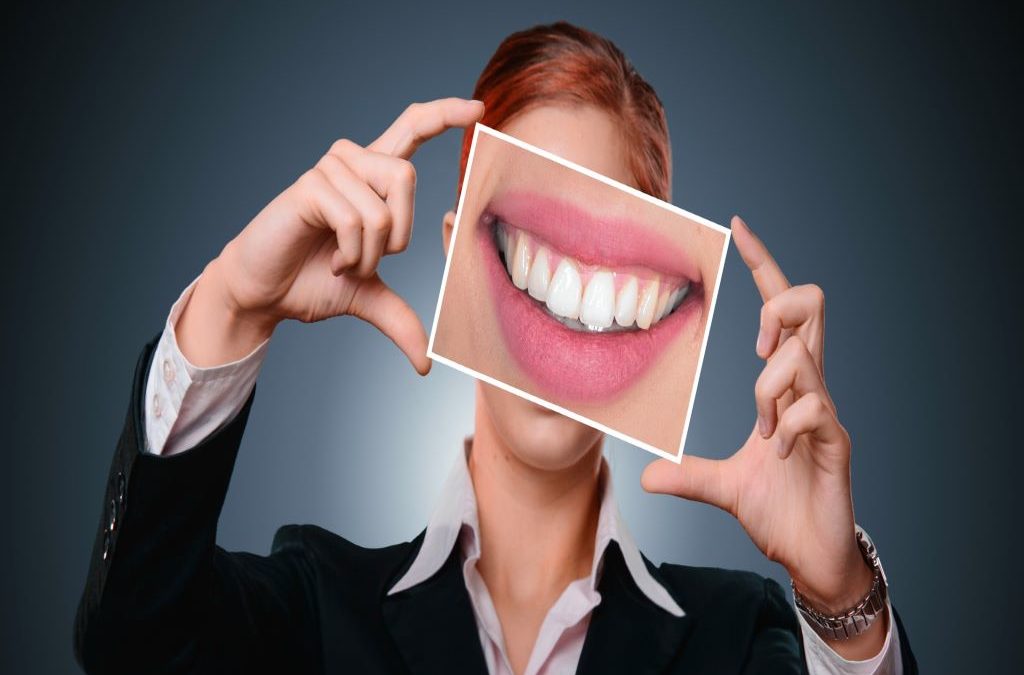In our daily routines, many different issues with our teeth can arise. Whether it is a simple fix or a more severe issue, Dentrix Dental Care can help identify these problems and provide the appropriate treatment for any dental needs.
One such issue that should not be overlooked is the case of a tooth extrusion. Though uncommon, extruded teeth can have a significant effect on daily life and activity. But what is an extrusion, and how can dentists like those at Dentrix Dental Care help to fix this sort of problem?
What Is a Tooth Extrusion?
An extrusion is defined as a displacement of a tooth out of its socket. This can make the tooth appear to be elongated, and it can wiggle excessively as a result. The tooth can be very sensitive, and often, the extrusion can cause intense pain.
The periodontal ligament, the tissue that connects the tooth to its socket, is often torn in the case of an extrusion. Upon radiographic examination, an extruded tooth would appear to have more space between the tooth and its socket inside of the gum.
An extrusion can be a result of dental trauma, often sports related. If the tooth is still intact and the blood and nerve vessels connecting it to its sockets are still connected, the tooth can still be saved. A professional dentist can help you diagnose an extrusion and take the steps necessary to heal it.
What Should I Do in Case of a Tooth Extrusion?
After you have identified the possibility of an extrusion, it is important to visit your dentist right away. Do not remove the tooth from its socket. Instead, take an over-the-counter pain reliever and apply an ice pack to relieve your pain on the way to the dental office.
The treatment your dentist will give you is dependent on the severity of the issue as well as whether it is a primary or a permanent tooth that is extruded.
- Primary teeth, which are seen most often in the case of children, can possibly be reattached if the trauma is not severe. Otherwise, primary teeth can be extracted.
- Permanent teeth, however, are clearly a higher priority for reattachment procedures.
How Treatment Works
The dentist will start by applying local anesthesia to lessen the pain around the extrusion. An X-ray will be taken to ensure there is no additional trauma in the area that can cause difficulties for reattachment.
The extruded tooth will have to be reattached to the teeth surrounding it. There are three ways this can be done:
- An orthodontic bracket can be attached to your teeth with a wire connecting the brackets.
- A metal mesh or synthetic cloth can bond the extrusion to the back of the surrounding teeth.
- Resin material and wire can help bond the extruded tooth to the rest of the teeth.
Any of these materials will be left on for up to ten days as the tooth connects to the rest of your teeth and heals properly. A follow-up appointment will then need to be scheduled with your dentist to remove the wiring, mesh, or brackets.
If any blood vessels or connective tissue was damaged prior to or during the procedure, your dentist may want to follow up with a root canal. Sometimes, the need for a root canal cannot be determined until weeks after the injury has occurred. It is also possible you may need a filling or a cap after the procedure.
In some cases, the tooth may not be able to be saved. Then, you and your dentist will need to decide the best procedure moving forward for filling in the gap of the missing tooth.
In Conclusion
Be sure to consult a professional if you suspect you have an extrusion. Like with any pain in your teeth, a tooth extrusion is time-sensitive. Be sure to see a dentist as soon as possible for the best results.

